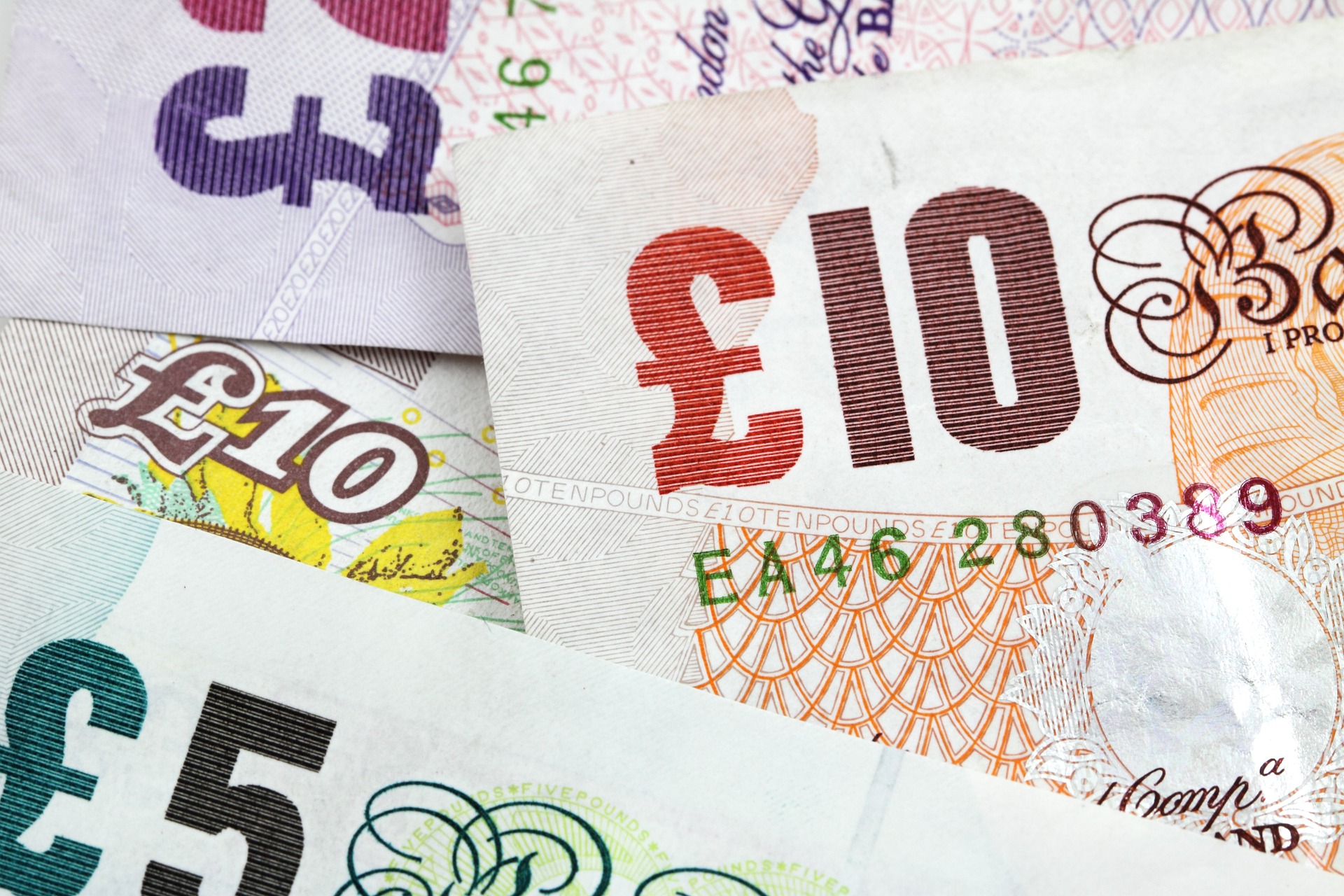Northern Ireland uses Great British Pounds, also known as Sterling, as its currency as Northern Ireland is a part of the United Kingdom.
As Northern Ireland is a part of the UK is thus part of the same economic zone and uses the same currency.
What Currency does Northern Ireland Use?
Why does Northern Ireland use £ instead of €?
In southern Ireland, technically known as the Republic of Ireland, and most of Europe, they use the Euro. This is due to a large majority of countries being part of what’s known as the Eurozone. But Northern Ireland uses Great British Pounds.
The main reason is that Northern Ireland is part of the United Kingdom. Therefore, it is part of the same economic zone as the rest of the UK. Financial laws made in London affect Northern Ireland, Wales, and Scotland, just as they do England.
Ireland, however, is part of the European Economic Zone, which uses Euros. Ireland has used the Euro since 2002.
Northern Irish Banknotes
Although “Bank of England” notes are accepted throughout Northern Ireland, since 1929, Northern Irish banks have printed Northern Irish banknotes.
Today, three banks are (legally) allowed to print Northern Irish banknotes. They are the Bank of Ireland, Ulster Bank, and Danske Bank. All three print £5, £10, £20, and £50 notes as you would expect of a Sterling currency. Each bank has a slightly different design for its money.
Can you use Northern Irish banknotes in England?
In a strange quirk, that annoys many locals to Northern Ireland, if you try to use Northern Irish banknotes in Great Britain (England, Scotland or Wales) many businesses will refuse the currency even though it is legal tender.
Whether or not you can use Northern Irish banknotes is up to the merchant you wish to buy from.
Some businesses may accept them but, most English people have never seen a Northern Irish banknote and are naturally suspicious.
Interestingly, some businesses near the Northern Irish border will accept Northern Irish Sterling! So that means Northern Irish banknotes are potentially more likely to be accepted in Ireland than in England…if that doesn’t sum up the weirdness of this island nothing will!
History of Currency in Northern Ireland
In 1920, Northern Ireland split from the Republic of Ireland in what is known as the Partition of Ireland. Before that point, the entire island used Punts.
After joining the UK and the official formation of the country in 1921, Northern Ireland became part of the same economic zone as the rest of the UK and used the same currency.
Since 1929, Northern Irish banks have printed their own notes. However, monetarily, there is no difference between a Northern Irish and an English note.
What if Northern Ireland leaves the UK?
The constitutional question in Ireland (whether or not the island should once again become united) is a debate that has raged for multiple centuries now.
If Northern Ireland was ever to leave the UK to become united with the Republic of Ireland, the currency will almost certainly become the Euro. Since Ireland is part of the Eurozone and firmly part of the EU, it’s unlikely this would change.
Other Banknotes you Could Use in Northern Ireland
The British Pound (£) is the only currency you can use in Northern Ireland.
However, note there are multiple banknote categories for the British Pound. Whether you can use these in Northern Ireland is up to the person you’re buying from, but here are some notes you might encounter in Northern Ireland:
- The English Pound (Printed by the Bank of England)
- The Jersey Pound
- The Guernsey Pound
- The Max Pound
- The Scottish Pound
However, just to be safe, use either £ notes printed by either the Bank of England or one of the Northern Irish Banks.

